- News
- Reviews
- Bikes
- Accessories
- Accessories - misc
- Computer mounts
- Bags
- Bar ends
- Bike bags & cases
- Bottle cages
- Bottles
- Cameras
- Car racks
- Child seats
- Computers
- Glasses
- GPS units
- Helmets
- Lights - front
- Lights - rear
- Lights - sets
- Locks
- Mirrors
- Mudguards
- Racks
- Pumps & CO2 inflators
- Puncture kits
- Reflectives
- Smart watches
- Stands and racks
- Trailers
- Clothing
- Components
- Bar tape & grips
- Bottom brackets
- Brake & gear cables
- Brake & STI levers
- Brake pads & spares
- Brakes
- Cassettes & freewheels
- Chains
- Chainsets & chainrings
- Derailleurs - front
- Derailleurs - rear
- Forks
- Gear levers & shifters
- Groupsets
- Handlebars & extensions
- Headsets
- Hubs
- Inner tubes
- Pedals
- Quick releases & skewers
- Saddles
- Seatposts
- Stems
- Wheels
- Tyres
- Health, fitness and nutrition
- Tools and workshop
- Miscellaneous
- Cross country mountain bikes
- Tubeless valves
- Buyers Guides
- Features
- Forum
- Recommends
- Podcast
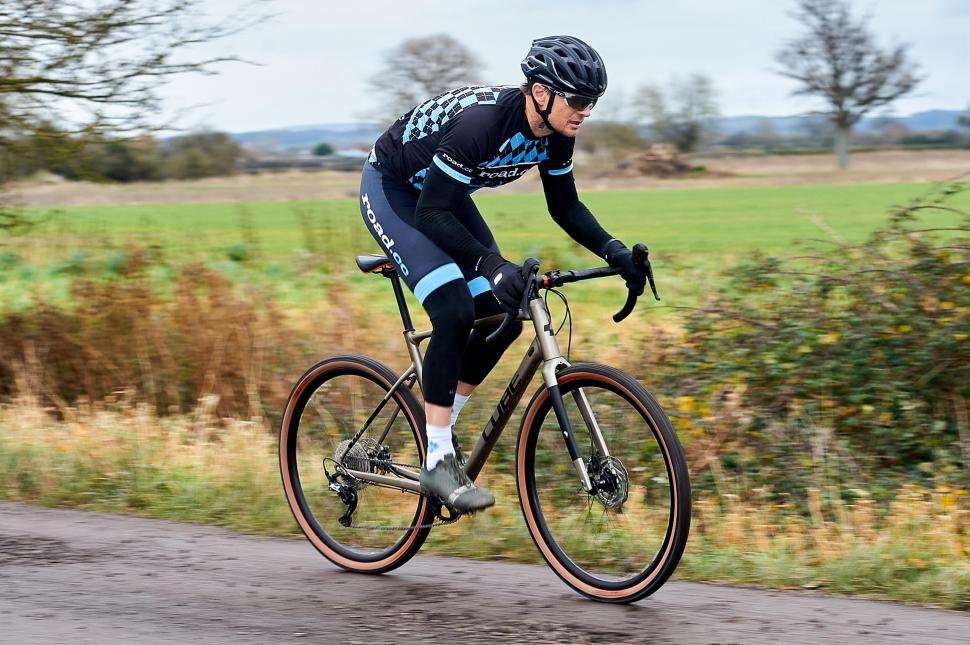 2022 Cube Nuroad EX - riding 3.jpg
2022 Cube Nuroad EX - riding 3.jpgHow to dress for spring cycling — tips on choosing the best gear for the most of unpredictable season
We have officially entered spring, the season when we all wish it would already be summer! The weather can go from sunshin to hail in a blink of an eye, and it seems like you're never quite wearing the right clothes. Because of the ever-changing conditions, the spring cycling wardrobe is somewhat of a mix of everything that you might wear in the winter and summer.
Dressing for winter and summer is relatively easy: you either prepare for cold or warm conditions. But come spring, you might be wrapped up like the Michelin Man one day, and in shorts and a jersey the following day. It's really not all that complicated though, and we're here to share some dressing-up tips for this shoulder season.
There's no one best solution to spring apparel choices, because it is primarily based on riding style. Whether it's racing or commuting, how fast you're riding and how hot or cold you run as a cyclist all needs to be taken into consideration. Of course, your geographical location affects things too.
As a general rule, though, in the spring we still experience lower (even freezing) temperatures overnight, and early in the morning. This means that if you cycle around the working hours, you will need to wrap up warmer. If you're lucky enough to cycle in the middle of the day, the spring sun can warm things up enough so that you can ditch the thermals.
If it’s a long ride and you’re going to be out for most of the day, the temperature is going to increase. You can find yourself overheating, so you want versatile clothing that lets you regulate your temperature. This regulation of temperature is key to riding through the spring. With temperatures varying by as much as 10 or more degrees in the space of a day, that can be a challenge.
How should you dress for winter cycling? Here are our best tips for layering up
Layering is often quoted in cycle clothing articles, and it's very beneficial during the shoulder seasons of spring and autumn. As you build up heat on a ride, and as the air temperature increases, you want to be able to gradually peel away outer layers leaving you at a comfortable temperature. Items like gilets, knee warmers and lightweight jackets are ideal to wear over shorts and jerseys. They can be worn when needed, and are light enough to be stashed in a jersey pocket or bar bag when not needed.
Personal preference and your riding style affect your clothing too. If you’re a racing cyclist and often ride reasonably hard, you’ll need to wear fewer thinner layers to avoid getting too sweaty. If you do mainly recreational cycling and enjoy slower speeds and less sweating, you’ll want to wear thicker and warmer layers. If you’re a commuter, you need to take into account that it can be much colder on the way to work compared to the ride home in the afternoon/evening.
The key thing about spring clothing is to find what works for you. If you've already got a few basics like bib shorts and a couple of jerseys, adding a gilet and arm warmers might be all you need to get you through spring to summer. Lots of the clothing on this page will actually serve you well in a typical British summer, too.
Wrap your limbs in arm, leg and knee warmers
These simple accessories are the cornerstone of a flexible clothing outfit, letting you adapt to any given spring weather. If you’re anticipating it getting quite warm a couple of hours into the ride, arm and knee warmers keep you wrapped up during the chilly first part of the ride. When it does warm up enough to allow removal, they can be easily folded up and stashed into a jersey pocket.
20 of the best arm & leg warmers for 2023
Castelli Nano Flex 3G Knee Warmers review
Most warmers are made from a tube of fabric, and usually utilise similar materials to your cycling bibs - lycra and merino wool are popular materials.
Thicker warmers that feature wool or synthetic thermal materials are good for chillier days, adding a bit more insulation. Some warmers have wind-blocking materials on the front side, blocking the chilly wind and possibly road spray, but staying breathable on the other side of the arm or leg.
Pactimo Alpine RT Thermal arm warmers review
Warmers are made of stretchy materials so that they fit around your limbs comfortably, which is especially important at the knees. Some use a simple high-stretch fabric, while others use a complex multi-panel and pre-articulated design. The length of the warmer often depends on the manufacturer as well.
You can also get warmers that are water resistant, like Castelli’s Nanoflex and Sportful’s NoRain, which can be very useful whether you're expecting rain or not.
Arm, knee and leg warmers are a real pain if they either leave your blood circulation compromised, or perhaps more commonly, keep sliding down your arms or legs. Warmers come in multiple sizes and different lengths; so if one doesn't fit you don't give up, just try another brand.
Wear a lightweight long-sleeved jersey
Spring is the time when you get to ditch the thick winter coat and swap it for a lighter weight long-sleeve jersey or lightweight jacket. You can either opt for the arm warmers/short-sleeve combo or wear a lighter long-sleeved top instead. There’s a multitude of designs and an array of materials on offer, which means there’s something available for all tastes.
Best winter cycling jerseys 2023 — keep warm when the temperature drops
If you wore a softshell jacket or jersey through the winter, you might find it’s fine in the spring too. You can simply pair it with a lighter short-sleeve base layer instead, and save yourself from getting another piece of clothing. Softshell cycling jackets are highly versatile in that respect, and a very good three-season choice.
The warmer it gets, though, the more suitable a lightweight jersey is. A good jersey can be part of a layering system, over a short-sleeve base layer and complemented with a gilet or lightweight windbreaker when the weather demands it. The jersey should keep you warm and keep the wind out, but be breathable enough to cope with the more brisk riding you’ll be doing in the spring.
Some jerseys offer a windproof front which will stop cold air from passing through while still being very breathable, maintaining a comfortable temperature around your core. Fabrics like Gore Windstopper are a good choice. Wool and polyester fabrics are good options, too.
A long sleeve jersey will have a full-length zip, and you’ll commonly find at least three rear pockets, good for stashing all your food and essential spares. Fit is important.
Change to a spring base layer
I’ve been wearing long sleeve base layers exclusively through the winter, and once the temperatures rise in the spring, it’s time to consider short-sleeve base layers to be paired with those jerseys and arm warmers. Base layers are not all the same, which is why you're better off having a few for different weather conditions and temperatures.
Best cycling base layers 2023 — ride through the year with this cycling wardrobe essential
The job of a base layer is even more important in spring, especially if you’re getting into riding harder and faster, maybe racing or doing sportives. A base layer will keep you dry and prevent you from getting soaked in sweat from your efforts on the hills.
Base layers come in a variety of materials. They largely fall into two camps: synthetic or natural materials. Merino wool is the most common natural fabric for a base layer, but bamboo is also being used by a few manufacturers.
Merino is great because it works in a wide range of temperatures and doesn't pong when you get sweaty, but if you have sensitive skin it can make you itch a bit. It comes in different weights to suit different temperatures.
Synthetic base layers made of materials such as polypropylene are generally better at wicking sweat, lighter in weight and a preferable choice when it's really warm. Many people prefer how they feel next to their skin, but there is a downside to synthetic materials... they can get quite smelly when you sweat! It's best, therefore, not to wear these base layers for multiple days/rides in a row.
Start the ride with a gilet on
A gilet is essentially a lightweight vest: a jacket with the arms removed. The idea is to provide an extra layer of defence on your torso, blocking the wind, but keeping your armpits and arms cool. Gilets obviously have less material than a full jacket, so they pack neatly into a jersey pocket when not needed, making them an excellent layer for spring.
Best cycling gilets 2023 — get to know this wardrobe essential
Gilets can go over a long-sleeve jersey to add protection from the wind on the early morning commute or for the first hour of a training ride. Gilets are usually made from lightweight materials, with wind-resistant and breathable features; although you can also get insulated ones for those early spring days.
Some gilets come with pockets but most don’t, so factor this in when making your pick. Gilets with a two-way zipper are also an excellent option; not only because of the temperature control they allow, but also because you can open the bottom section of the gilet and then get access to your jersey pockets.
In addition to lightweight and insulated gilets, there are also heavier options such as Rapha’s Softshell gilet available. Similarly to the insulated gilets these won’t fold up as small, so you need to factor it in from the start to the finish. Most of the more sturdy gilets come equipped with pockets, though.
Van Rysel RC 500 Women’s Windproof Cycling Gilet
Then there are the products that blur the lines between gilet, jersey and jacket. An example of these is the Castelli Gabba, a jersey that we see a lot in the pro peloton. It’s a lightweight race-fit jersey, with short sleeve arms down to the elbows, with a windproof and water-resistant fabric that seems to be a good top layer over a jersey, base layer and arm warmers. It’s got three rear pockets so can be worn for the entirety of the ride, and has a dropped tail to keep your bum protected against road spray and muck.
Pack in a lightweight shell
Unlike a gilet, lightweight shells are jackets with proper sleeves. They're still very light though, providing simple coverage from the spring elements: wind and rain.
The best windproof cycling jackets — what to look for & 11 great choices
Light shell jackets are very good when it’s really windy or there is a small risk of rain. They provide enough protection to allow you to get riding, or make a dash for home or the nearest cafe - but they won't sustain a multi-hour downpour or proper freezing breeze. Because of the tiny packed size, a shell jacket is something that is easy to carry on every ride and get out when the conditions change, or when you stop for a mid-ride coffee.
Change from tights to shorts
Are you ready to pack your winter tights away after the winter? We certainly are. It is, perhaps, best to consider the right timing for ditching those thermal tights, otherwise you could end up with very cold legs.
The first step in moving back to shorts is to pair them with leg warmers. This way, if you start your ride in the colder morning conditions, you can then peel off the warmers when the sun gets out during the ride.
Best cycling bib shorts 2023 — make sure your rear is comfy on long rides
The second choice is three-quarter shorts that extend to below the knee. Basically, this is the same as pairing bib shorts with knee warmers.
Whatever your choice, it’s very important to keep the knees warm in the cold weather, and there’s still a nip in the air. The knee goes through thousands of revolutions on any given cycle ride, and your joints won't like operating in the cold. Keep them wrapped up!
In the last few years thermal clothing has advanced in leaps, and thermal bib shorts are an example of this. Many clothing brands now make thermal bib shorts that feature a thermal, warm layer inside the bib short, making sure you stay toasty from the knees up.
Apart from the materials, thermal bib shorts are the same cut as regular bib shorts and for early spring weather, they can be a blessing and provide a lot of extra insulation against the cold air.
Buyer's guide: The best 3/4-length tights — perfect legwear for middling weather
Put on oversocks or lighter overshoes
Yay, it’s time to ditch the thick overshoes that have done sterling service through the winter and switch to lighter overshoes and oversocks. With less concern for keeping your feet insulated, you can opt for lighter overshoes made from a thinner fabric. You still want to keep the wind out of those pesky vents on your shoes, so look for a windproof version.
Buyer's guide: the best cycling overshoes - what to look for in winter foot protection
When it gets warmer you don’t need to worry about getting cold feet as much, and oversocks become a very good choice. They're essentially socks stretched over the shoes with a hole for the cleat, but they serve a good purpose at this time of year. They provide just enough protection and warmth from the elements, and when the roads can be very dirty they keep all the dirt and crud off your shoes.
>>Review: Sportful Speed Skin Silicone Booties
Another option is toe warmers. Essentially overshoes with most of the shoe removed except the bit over the toes.
While oversocks go over your shoes, good cycling socks for your feet are also worth investing in. Proper cycling socks offer a better fit than regular socks, and are usually made from a fabric that keeps your feet dry and at a comfortable temperature. Many have added support in key places.
Swap to light gloves or mitts
We've all been there on the spring rides, not knowing whether to keep the gloves on or take them off, and that's because those winter gloves are getting a little too heavy in the spring temperatures. Swapping to thinner gloves is the best solution, because they keep your hands shielded from the wind but lack the excessive insulation that you don't need anymore.
When it comes to gloves, there are plenty of options. It’s probably still a touch too cold for mitts, but as the weeks pass and the temperature increases, you can certainly begin to consider mitts, or fingerless gloves, for the majority of your riding. Until then, wear a lightweight pair of comfortable long-finger gloves with or without padding, depending on your preference.
Use embrocation
The other option at this time of year is to slap some embrocation over your legs. Popular in the past with racing cyclists, the smell of embro filling the changing rooms is becoming a thing of the past, as technical clothing has improved so much that slathering a thick layer of heat-generating gunk over your skin is less desirable.
>>Review: Galius Pro Pre-competition oil
Some still swear by it, and there’s a market for it, mostly generated by US cyclists keen to romanticise anything they can about European cycling culture!
These are our suggestions for enjoyable spring cycling. Do let us know in the comments what is your favourite cycle clothing for the spring?
Latest Comments
- David9694 6 hours 49 min ago
Oxfordshire: Potholes 'out of control' and risk to cyclists...
- Motdoc 11 hours 4 min ago
You don't benefit from schools? You've never seen a doctor, a dentist, a teacher, didn't go to school yourself and don't care about the tax paying...
- thax1 12 hours 32 min ago
Another 'sound-alike' mid tier offer, so I get all excited and buy a bunch of them thinking I've got an absolute steal. Only to then realise I've...
- mdavidford 12 hours 41 min ago
first cast out the beam out of thine own eye
- eburtthebike 14 hours 3 min ago
Which is, ironically, very rare.
- mark1a 14 hours 4 min ago
New addition to the fleet, a Specialized Aethos. This is the Comp model, 12 speed 105 Di2, 10r carbon layup in pearlescent white, with upgraded...
- hawkinspeter 15 hours 12 min ago
Local 'nimbyism' dismissed as consensus is new scheme will 'increase footfall'...
- chrisonabike 16 hours 28 sec ago
If they're formally recognising phone addiction, and have noted that our eating habits (driven by stuff people want to sell us) are obeseogenic ......
- Secret_squirrel 19 hours 11 min ago
Yes. Just like there's no push rod brakes or U brakes any more. Get with the program granddad.
- dreamlx10 19 hours 48 min ago
Looks like the perpetrators were not Italian
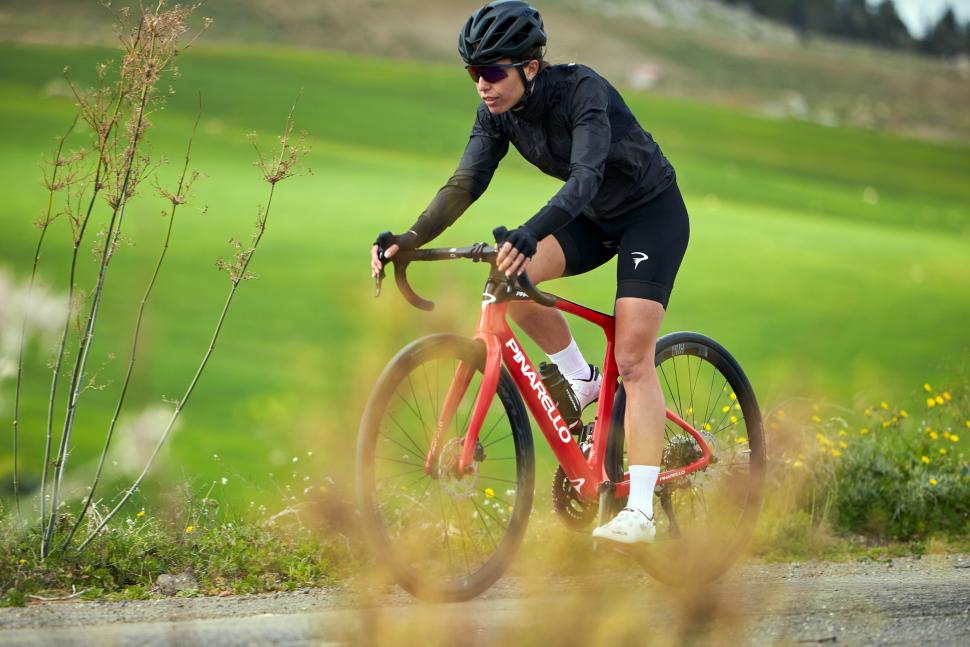

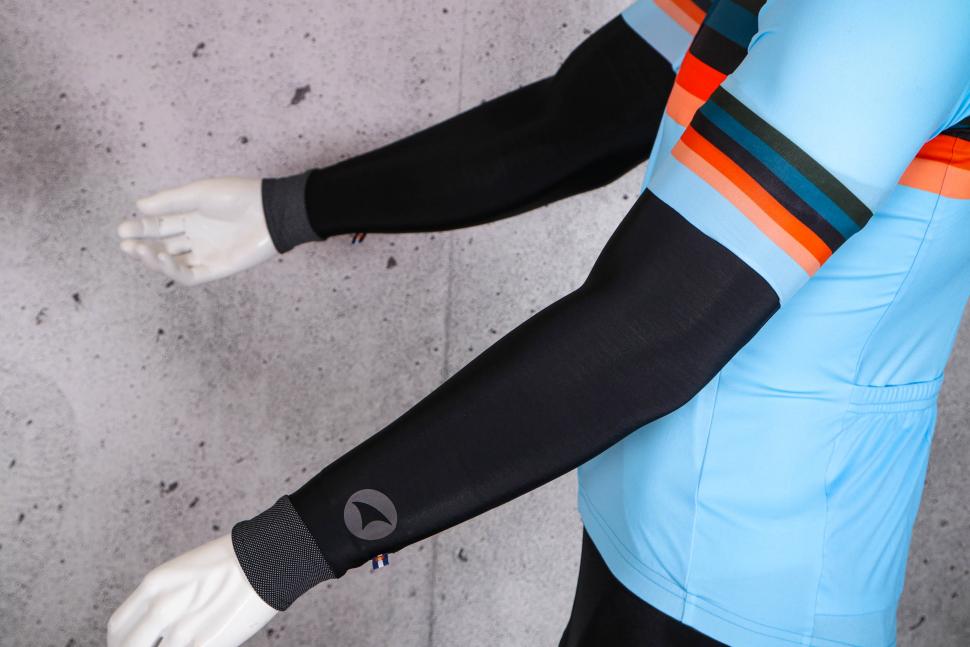
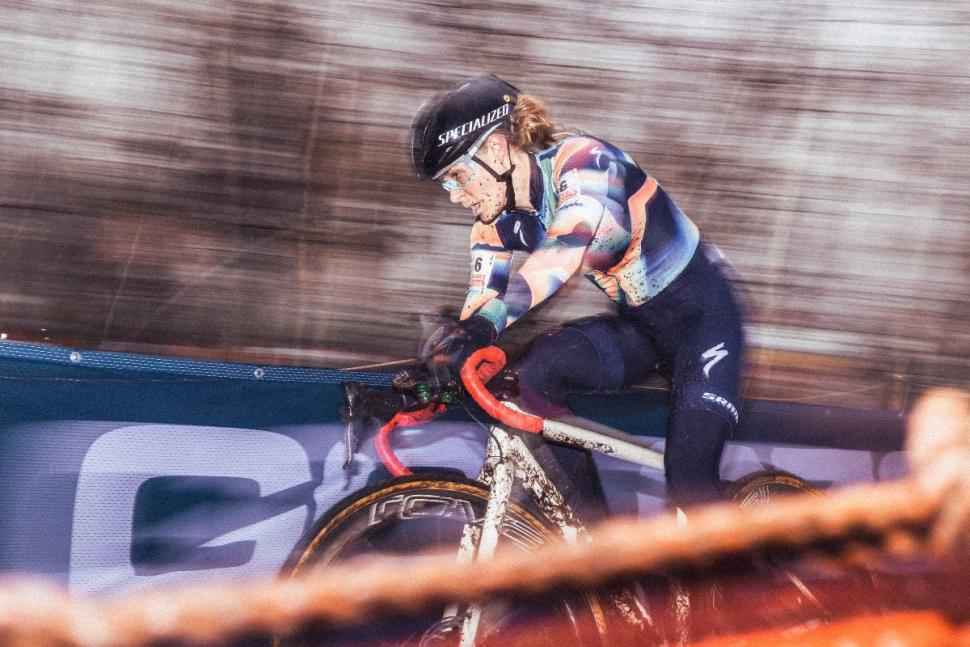
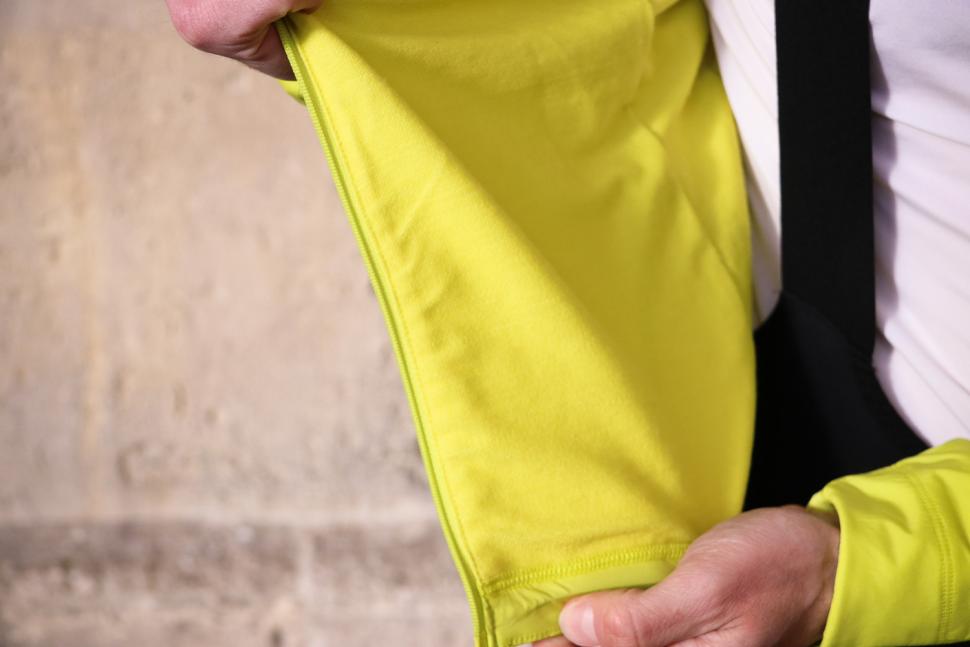
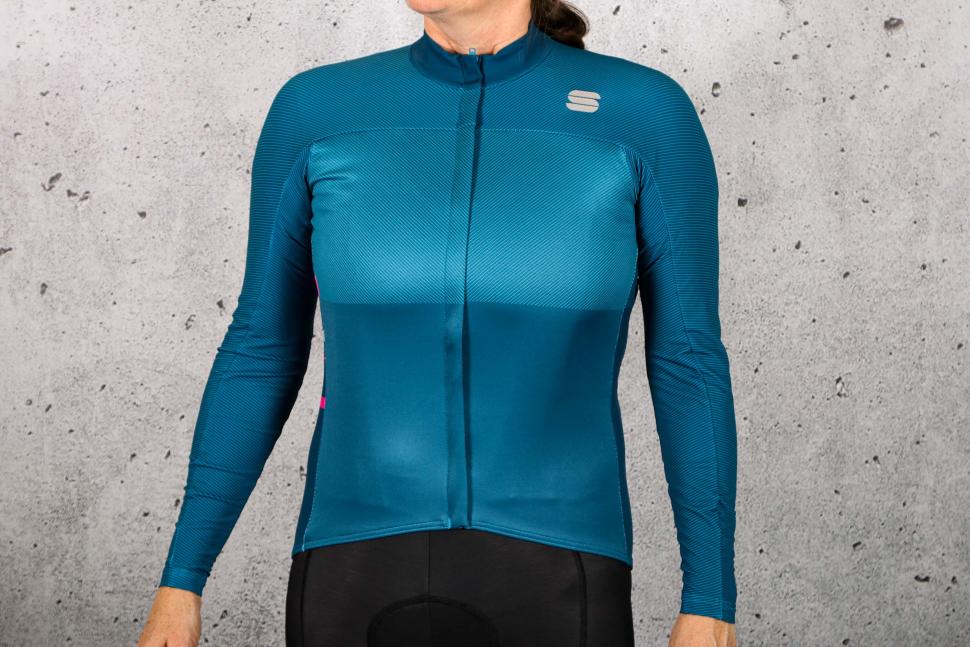
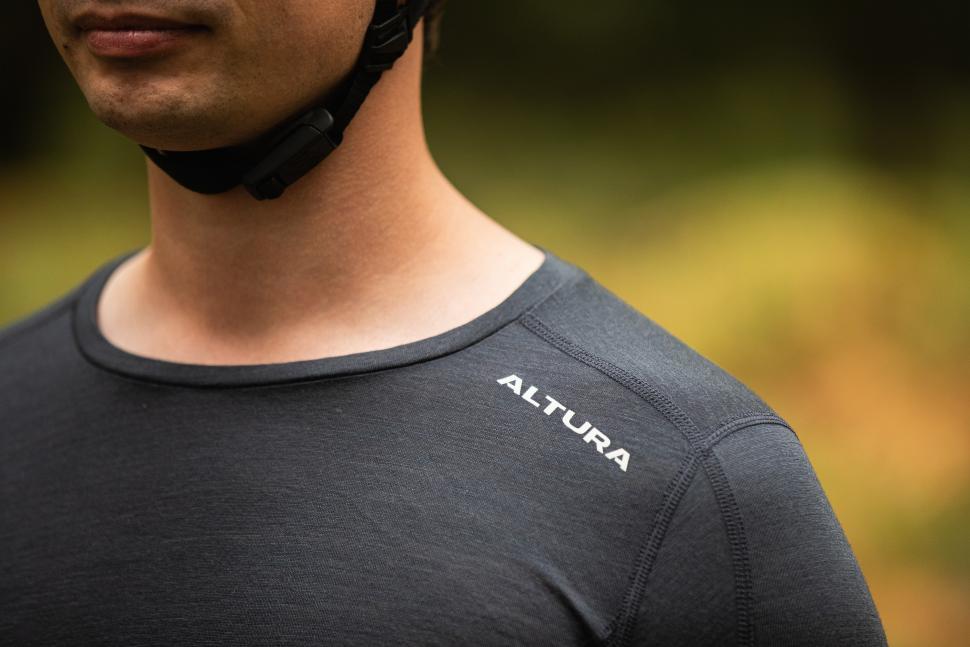
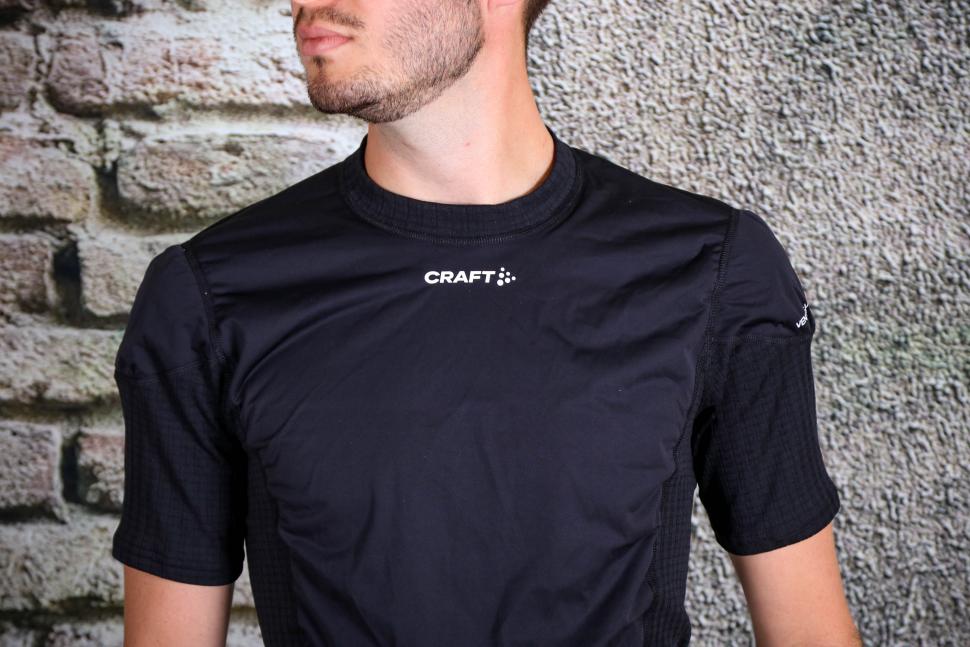

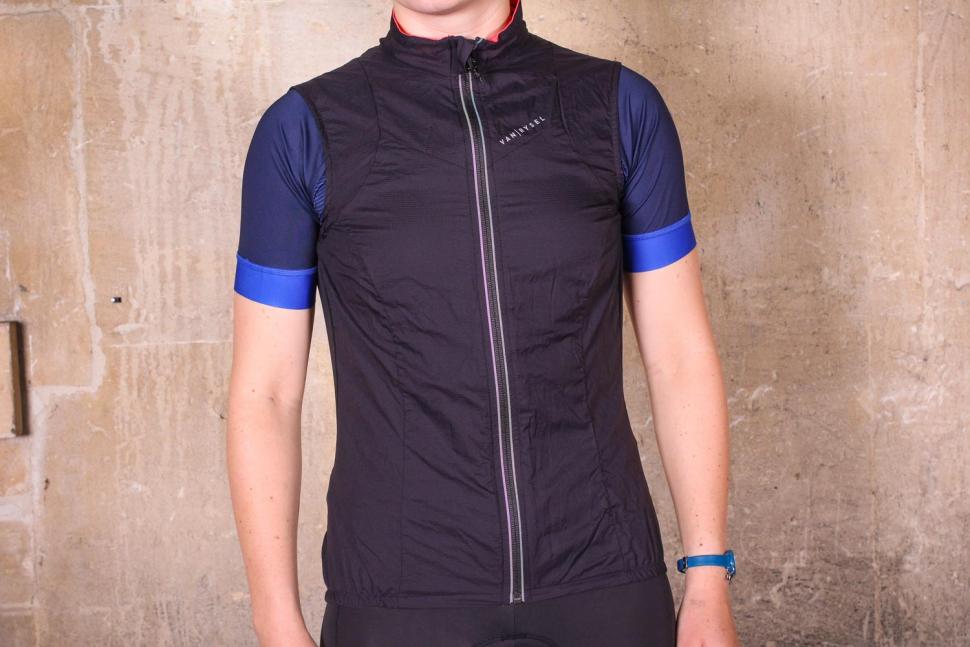
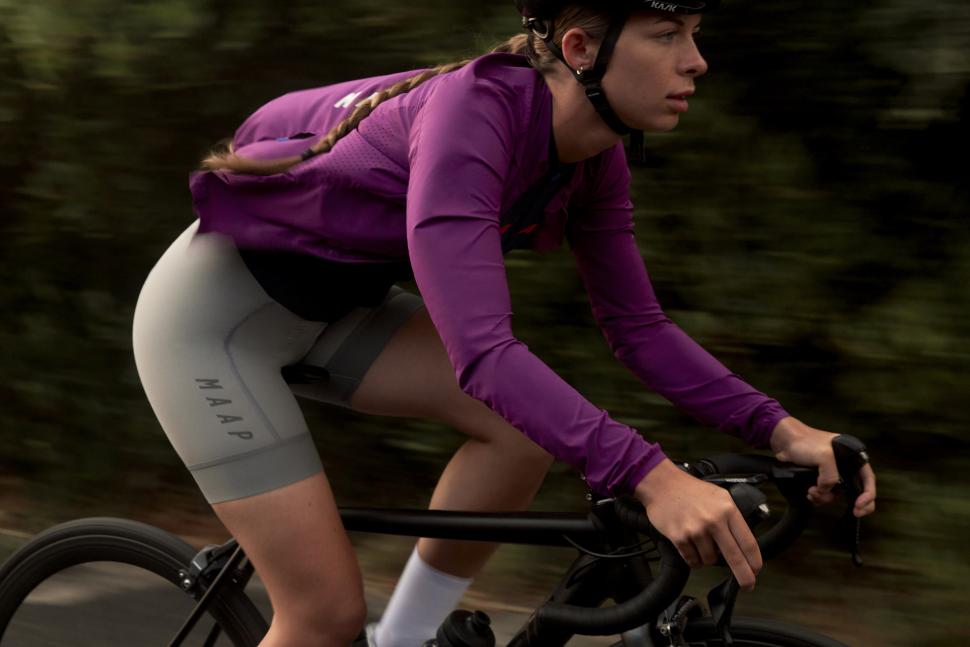



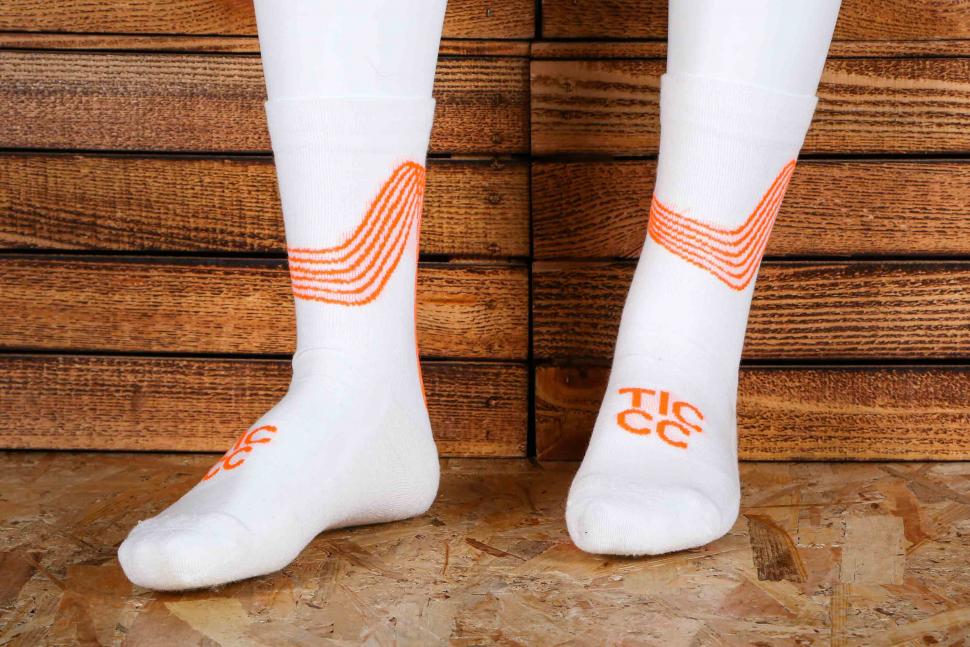


Add new comment
6 comments
For me I don't think 3/4 tights work, because there's literally only a handful of days a year they work and they cost just as much as regular tights. So it's either shorts & knee warmer weather or its regular length tights as the most usable options for all year riding. Plus most brands do different grades of fleece backing from extreme cold through to mild spring thesedays so you don't have to feel overdressed.
Gilets are a waste of time and money as far as I am concerned. When it is cold enough to warrant an extra layer I like to keep my shoulders, arms and wrists warm too. If they made a gilet with long sleeves then that would be perfect 🙂
But the effect of a gilet is it keeps your core body temp up & warm which keeps the warm blood flowing to your arms & wrists & hands. Keep a happy core body temp, you won't feel cold.
They're very useful imo for changeable weather like now and autumn.
But there are absolutely long sleeve jerseys that are non fleece backed if that's what you prefer.
I do find the endless variants of cycling clothing (short; long; three quarter; sleeveless; arm / leg / knee / ankle warmers etc) funny, but gilets work for me.
This might be taking things too far though. Short sleeve insulated jacket anyone? https://saddleback.co.uk/products/sportful-aw21-supergiara-puffy
Since passing to merino wool I wear almost the same things all year round. Well you do need a handlebar bag to stash a merino jacket when you take it off. But then the bag is always on my bike anyways.
Spring is Splatz overshoes, Galibier Grand Tour jacket and Assos mille 3/4s .
Tried most everything else and find this is the perfect combination.Galibier Tempest jacket in the back pocket in case it rains and old Mavic gilet (can't recall model name) if very windy.